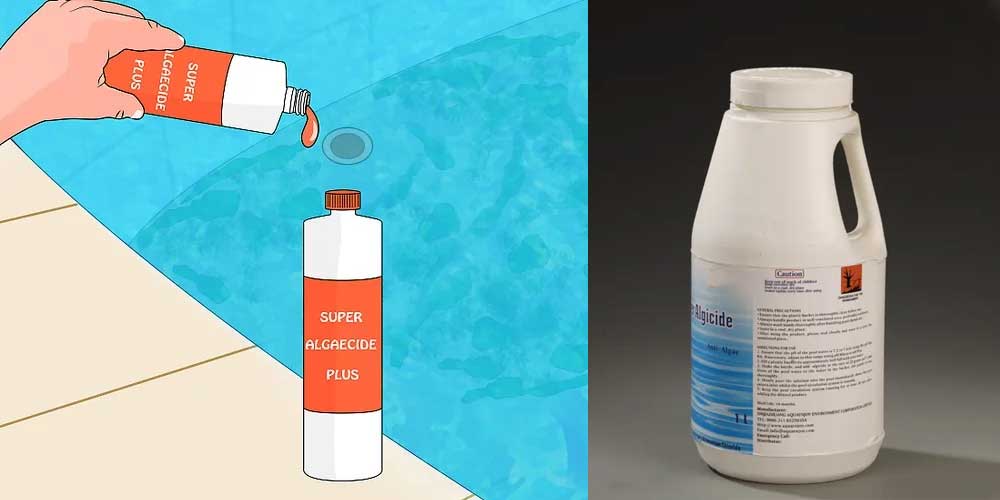During the hot summer months, when swimmers take to the crystal clear pool waters, maintaining pristine pool conditions becomes crucial. In the realm of pool care, the judicious use of Algaecide stands out as a crucial practice to thwart the growth of algae, ensuring a sparkling oasis for all to enjoy. To demystify the optimal timing for algaecide application, we delve into the nuances of pool maintenance strategies.
Algae, the microscopic plant-like organisms that thrive in water, can transform a once inviting pool into a green, murky disappointment. Algaecides, chemical formulations designed to control and prevent algae growth, serve as potent guardians against this unwelcome invader. To maximize their efficacy, it is essential to understand when and how to apply algaecide.
One of the primary considerations in algaecide application is the season. As the temperature rises and sunlight intensifies during the summer months, pools become more susceptible to algae infestations. Therefore, it is advisable to commence algaecide treatment before the onset of the warmer season. Early spring serves as an opportune time to initiate a preemptive strike against algae, creating a protective barrier that shields the pool from potential bloom.
Regular maintenance and consistent monitoring of water chemistry are equally crucial. Routine testing of pH levels, chlorine concentration, and alkalinity allows pool owners to detect early signs of imbalance that may foster algae growth. Upon identifying any deviations from the recommended levels, a proactive approach involving the application of algaecide can help rectify the situation before it escalates.
For those encountering persistent algae issues, the application of algaecide may be required on a more frequent basis. In cases where algae have already taken hold, a shock treatment with a potent algaecide can swiftly combat the infestation. Pool owners should closely follow product instructions and dosage guidelines to ensure the safe and effective application of algaecides.
It’s essential to recognize the unique characteristics of different algaecide formulations. While some algaecides are best applied in the evening to harness the power of prolonged contact time without the interference of sunlight, others are designed for daytime use. Consulting with pool care professionals or referring to product labels can provide valuable insights into the ideal application timing for specific algaecides.
Moreover, environmental factors such as heavy rainfall or increased pool usage can necessitate additional algaecide treatments. Rainwater introduces organic matter into the pool, creating a conducive environment for algae growth. Likewise, a spike in pool usage may demand higher chlorine levels and more frequent algaecide application to counteract the increased risk of contamination.
In conclusion, the strategic application of algaecide plays a pivotal role in maintaining a clear and inviting pool. By considering factors such as seasonality, water chemistry, and specific product guidelines, pool owners can establish a proactive approach to algae prevention. A well-maintained pool not only enhances the overall swimming experience but also contributes to the longevity of pool infrastructure. As summer approaches, let the judicious use of algaecide be the key to unlocking a season of refreshing and pristine pool enjoyment.
Post time: Dec-15-2023


